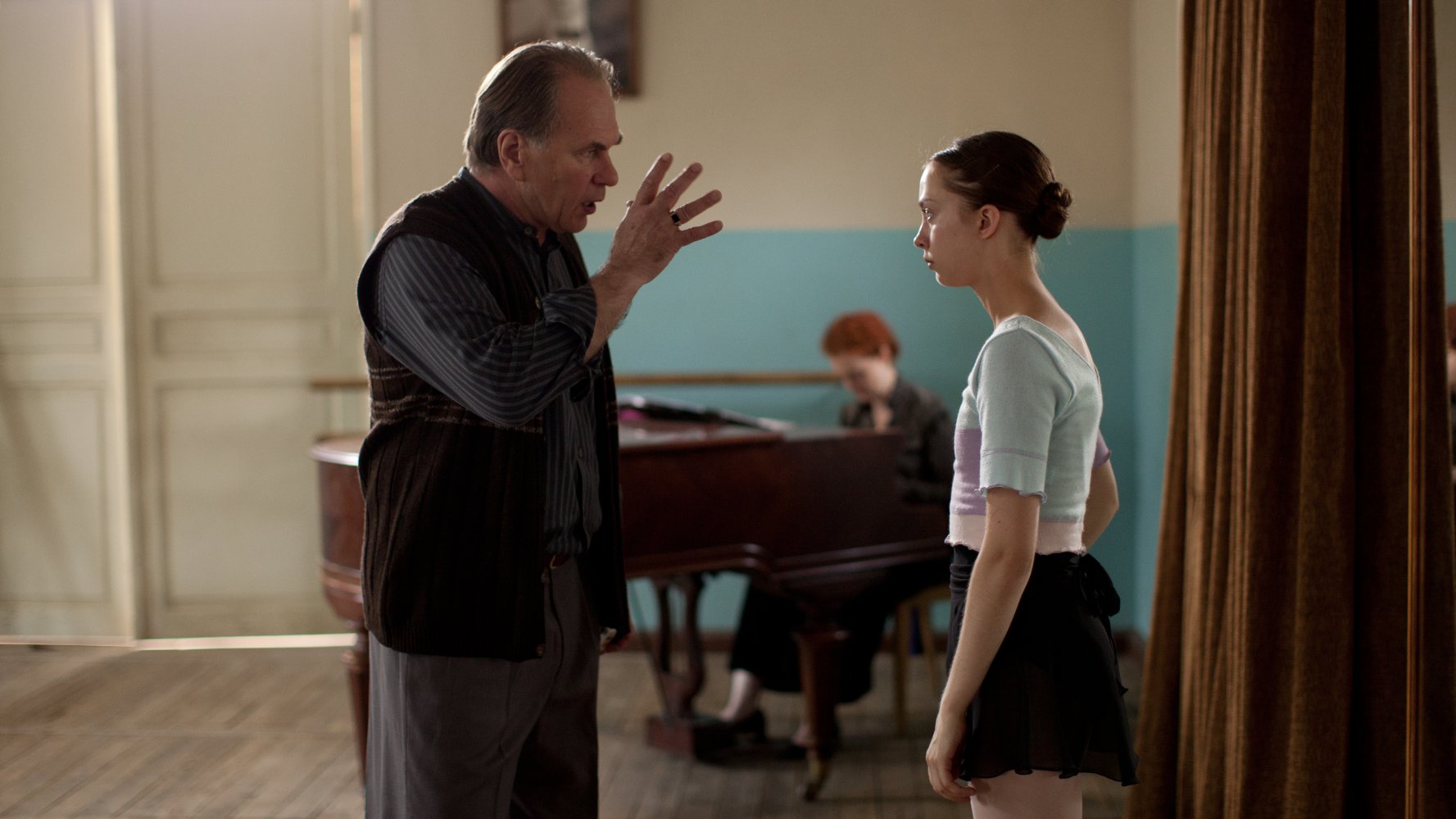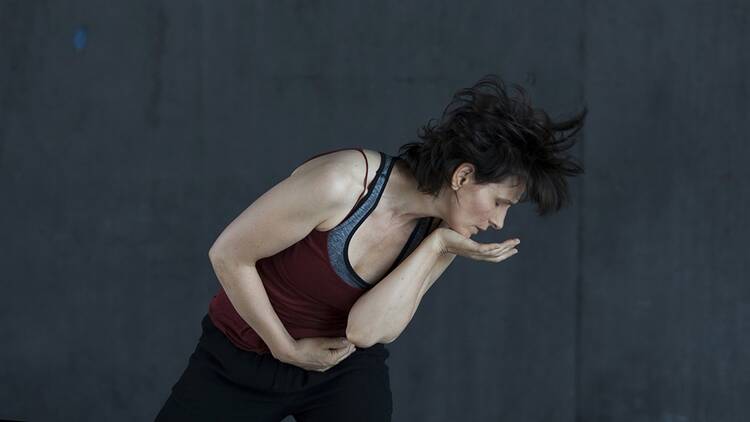What is it to dance? Is it just a rhythmic physical expression of a feeling or idea, the body speaking for what the mind and heart know? With the classic British film “The Red Shoes” and Fred Astaire as their inspiration, a team of outstanding Russian and French actors, directors, writers and dancers tell the story of one young woman in the new film “Polina.” Directed and written by Valérie Müller and Angelin Preljocaj, and previously published as a graphic novel, the film focuses on what it means to find one’s calling in life, particularly one called to dance.
The story begins as one about the world of ballet, but to follow it, think through what Americans and others have experienced in film, stage, opera, operetta, Broadway, ballet, Irish step dancing, New Orleans jazz, military marching. Watch and listen to a newsreel of the North Korean army goose-stepping into the town square celebrating the missile on display. Pay attention to the background music in films like “Star Wars,” films which include dueling scenes that include body movement.
When we first meet Polina (Veronika Zhovnytska as a young girl, Anastasia Shevtsova as a young adult), she is a pupil in a ballet class preparing students to join the Bolshoi Ballet in Moscow. Her parents, particularly her father, are determined she should be a ballerina. Her teacher Bojinski (Aleksei Guskov), a perfectionist, has the bearing of a drill sergeant, pushing his students to master ballet.
The film focuses on what it means to find one’s calling in life, particularly one called to dance.
We hear that the government is not completely happy with the school. Again and again we see the class rigidly assuming the same posture; we sense that the film is making a political statement. One snowy night, we see Polina making her way home through the woods and breaking into a spontaneous dance, leaping, bending, spinning—no longer the stiff, obedient dancer we have watched in class. In her wandering we also get a glimpse of the towers of a nuclear power plant.
Suddenly Polina moves to Aix-en-Provence, France, partly to follow a boyfriend but also to be taught by Liria Elsaj (Juliette Binoche), a master of modern dance. Polina and teacher Liria seem to connect. The restless Polina tells her mother on the phone that her performances in some of Europe’s great cities have been well received. In fact, she has moved to Antwerp, Belgium, where, having no money, she works all day in a crowded bar until she collapses in her apartment. Meanwhile, under the direction of a young French man Karl (Jérémie Bélingard), we see her new dance style, driven by her feelings, emerge.

Her father, who has engaged in some unlawful activities to raise money for her, travels from Moscow to Antwerp to see her. We see them together, but we are not privy to their conversation. He has lived and sacrificed with the eternal hope that his daughter would dance with the Bolshoi Ballet. For reasons that are not clear, we flash to a scene where Polina and her father go hunting in the snow. A deer emerges yet they do not notice it. They lie down in the snow as if to rest, and then her father shoots a very small animal we can barely see. The deer reappears later unobserved and walks away. Does he represent something going on in Polina’s unexpressed emotions?
Her father’s death frees her from the tension of denying his dreams of her dancing in the Bolshoi. Returning to Aix-en-Provence and the inspiration of Lira, this time accompanied by Karl, her apartment mate as well as mentor, we see the two of them partly, silently and beautifully answer the question she has never shared: What will she do with her life? In another snow scene, we observe a shirtless Karl and Polina dance to new music slowly, methodically and freely. Each is spreading their arms. Their turning and embrace is new, warm, profound. We are told that the pupil has become a teacher. She has choreographed their dance together.









The answer to the question is no.
For you it's no. For others it could well be yes.